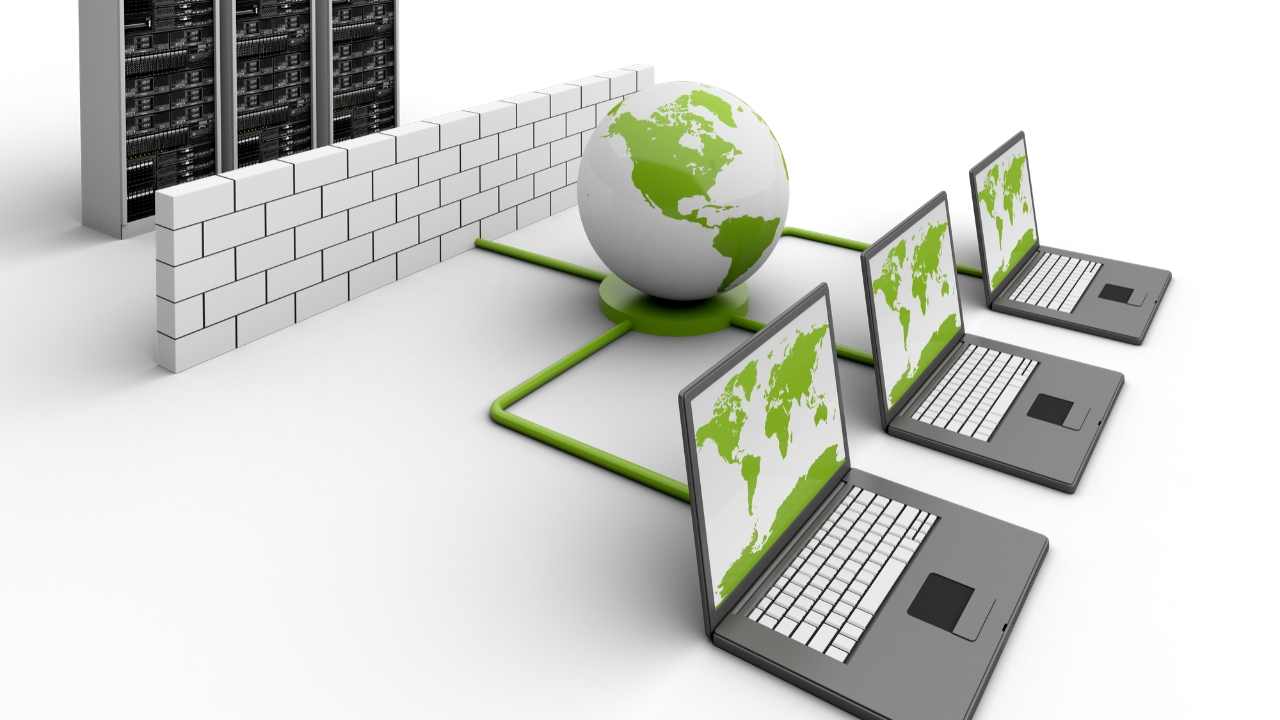
Virtual Reality provides students with new and exciting ways to learn. It can take them from their desks to Roman ruins or let them mix volatile chemicals without being physically harmed.
VR is especially useful for subjects that require hands-on learning. Children who love science can step inside a microscopic world and walk among atoms or visit famous art sites like the Parthenon in Greece.
VR Classroom Experiences
VR experiences can transform the way students learn, cultivating personal investment in subject matter that fosters retention and comprehension. This is unlike traditional education, which relies on rote memorization that often leads to boredom or disengagement.
For example, a student can use a VR headset to visit locations around the globe or learn about geology and other natural environments by actually walking through them. VR can also take students on virtual field trips and allow them to explore historical settings or interact with historical figures—the opportunities are endless.
Educators can also create risk-free virtualized learning environments where students can conduct experiments without the worry of accidental explosions, noxious fumes, or bodily harm. This is especially beneficial for STEM subjects, where students can practice their lab skills in a safe environment without the risk of real-world consequences. Bringing VR into the classroom doesn’t have to be expensive, either. Apps like 360Cities and TimeLooper offer affordable or even free VR content.
Immersive Learning
Educators often struggle to engage students with textbook-based learning. Students are distracted by noise, messages, social media updates, and a variety of other environmental and physical factors that can interfere with their ability to focus on learning. Immersive learning blocks these distractions out, allowing students to fully immerse themselves in their learning experience.
VR can also be used to create immersive simulations that allow learners to practice skills in a safe and controlled environment. This allows learners to gain hands-on experience that can be directly applied to their course work, increasing engagement and retention.
Virtual reality can also help teachers bring their lessons to life by providing students with an interactive and memorable experience. For example, by using VR, teachers can take students on virtual field trips to places like the Roman Colosseum, outer space, or even the cellular-level passageways inside of their own body. These experiences are far more engaging and memorable than traditional textbook-based learning.
VR Field Trips
Virtual reality allows students to experience the world around them without ever leaving the classroom. The immersive technology is a popular way to bring complex subjects and topics to life, helping learners to make real connections that last long after the lesson is over.
A recent study examined the impact of a VR field trip on student engagement and learning outcomes in a middle school science class. Students enrolled in the study were randomly assigned to either experience a virtual field trip to Greenland in a HMD or to watch a 2D video of the same content on a projector screen in their classroom. Results showed that students who experienced the virtual field trip in a HMD exhibited higher levels of presence, enjoyment and interest, as well as improved immediate and delayed posttest scores.
However, educators must be mindful of the health risks associated with VR headset use, as per Common Sense Media. Educators can minimize these risks by working with parents to ensure that kids are using VR headsets at appropriate ages.
3D Simulations
Virtual reality has a high level of student engagement and improves learning outcomes, especially for students who are easily distracted in traditional classroom environments. VR enables students to participate in safe, realistic experiments from the comfort of their classroom, and even allows them to explore dangerous situations without fear of harm.
It can also help students to develop cognitive skills and psychomotor skills in a less stressful environment. For example, students can learn how to use tools safely in a simulation instead of in a physical lab, which is especially important for classes with hands-on activities like skilled trades and anatomy.
VR can be used for a wide variety of subjects, and there are many low-cost resources that teachers can utilize to introduce the technology in their classrooms. These include affordable headsets that connect to smartphones and user-friendly no-code platforms that enable anyone to create content for VR. These tools can be used for virtual field trips, immersive learning, or 3D simulations.
Did you miss our previous article...
https://edupediaweb.com/high-school-education/unmissable-dates-for-your-diary
 Careers in EducationElementary EducationHigh School EducationEducational TechnologyTeaching StrategiesSpecial EducationPrivacy PolicyTerms And Conditions
Careers in EducationElementary EducationHigh School EducationEducational TechnologyTeaching StrategiesSpecial EducationPrivacy PolicyTerms And Conditions
